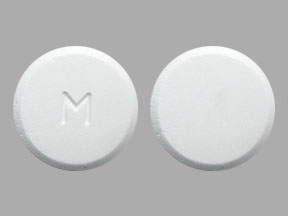Binosto Drug Interactions
Currently displaying a list of 119 drugs known to interact with Binosto (alendronate).
- 3 major drug interactions
- 111 moderate drug interactions
- 5 minor drug interactions
Medications known to interact with Binosto
Note: Showing generic names only.
A
B
C
- calcium acetate
- calcium carbonate
- calcium citrate
- calcium glubionate
- calcium gluconate
- calcium glycerophosphate
- calcium lactate
- calcium phosphate, tribasic
- calcium saccharate
- capivasertib
- carbonyl iron
- celecoxib
- choline salicylate
- chromium picolinate
- cimetidine
- copper gluconate
D
- daprodustat
- deferasirox
- denosumab
- diclofenac
- didanosine
- diflunisal
- dihydroxyaluminum sodium carbonate
E
F
- famotidine
- fenoprofen
- ferric citrate
- ferric maltol
- ferrous fumarate
- ferrous gluconate
- ferrous sulfate
- flurbiprofen
- foscarnet
- furosemide
- futibatinib
G
H
I
K
L
M
- magaldrate
- magnesium amino acids chelate
- magnesium aspartate
- magnesium carbonate
- magnesium chloride
- magnesium citrate
- magnesium gluconate
- magnesium glycinate
- magnesium hydroxide
- magnesium lactate
- magnesium malate
- magnesium oxide
- magnesium salicylate
- magnesium sulfate
- magnesium taurate
- magnesium threonate
- meclofenamate
- mefenamic acid
- meloxicam
- multivitamin with iron
- multivitamin with iron and fluoride
- multivitamin with minerals
- multivitamin, prenatal
N
O
P
Q
R
S
- salsalate
- selenium
- sodium salicylate
- sodium thiosalicylate
- streptomycin
- sucralfate
- sucroferric oxyhydroxide
- sulindac
- sunitinib
T
V
Z
Binosto alcohol/food interactions
There are 2 alcohol/food interactions with Binosto (alendronate).
Binosto disease interactions
There are 7 disease interactions with Binosto (alendronate) which include:
More about Binosto (alendronate)
- Binosto consumer information
- Check interactions
- Compare alternatives
- Pricing & coupons
- Drug images
- Side effects
- Dosage information
- Patient tips
- During pregnancy
- FDA approval history
- Drug class: bisphosphonates
- Breastfeeding
- En español
Related treatment guides
Drug Interaction Classification
| Highly clinically significant. Avoid combinations; the risk of the interaction outweighs the benefit. | |
| Moderately clinically significant. Usually avoid combinations; use it only under special circumstances. | |
| Minimally clinically significant. Minimize risk; assess risk and consider an alternative drug, take steps to circumvent the interaction risk and/or institute a monitoring plan. | |
| No interaction information available. |
See also:
Further information
Always consult your healthcare provider to ensure the information displayed on this page applies to your personal circumstances.


